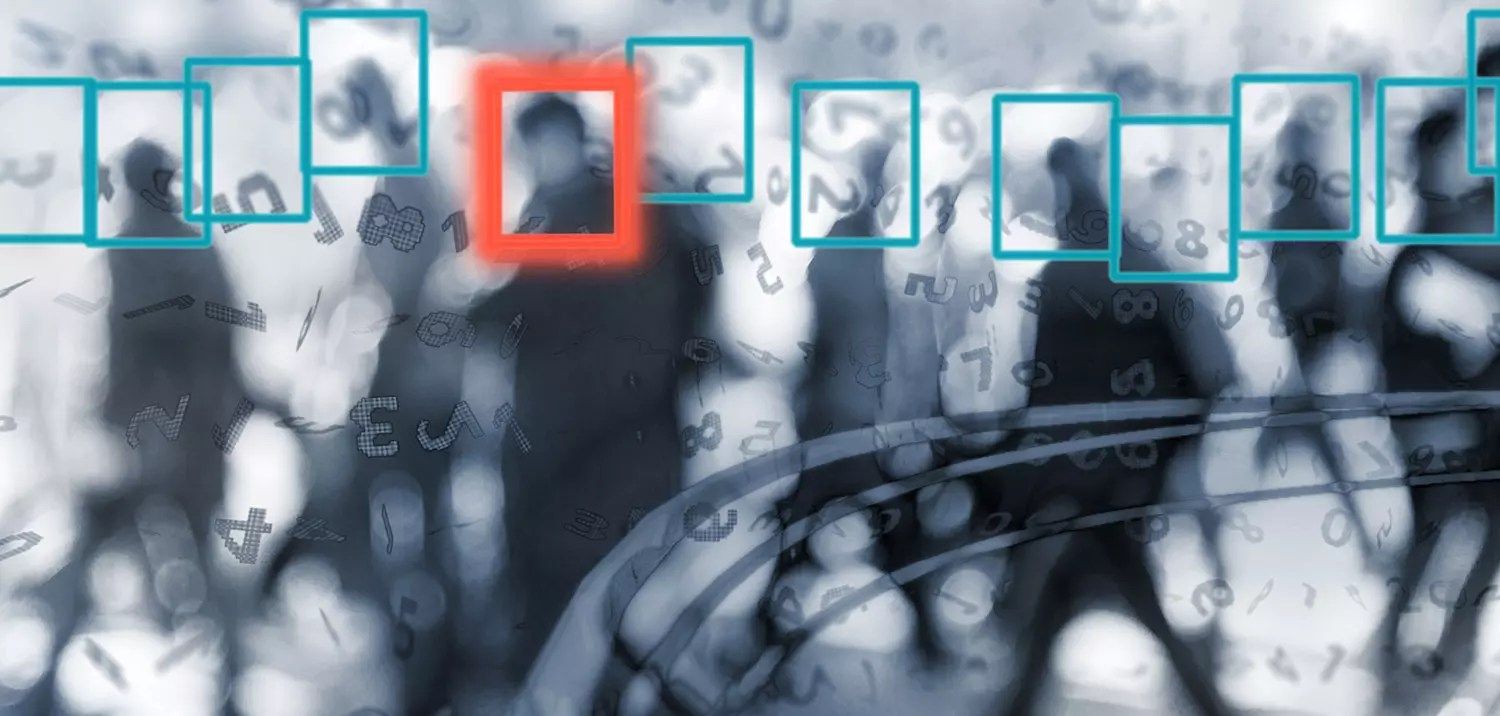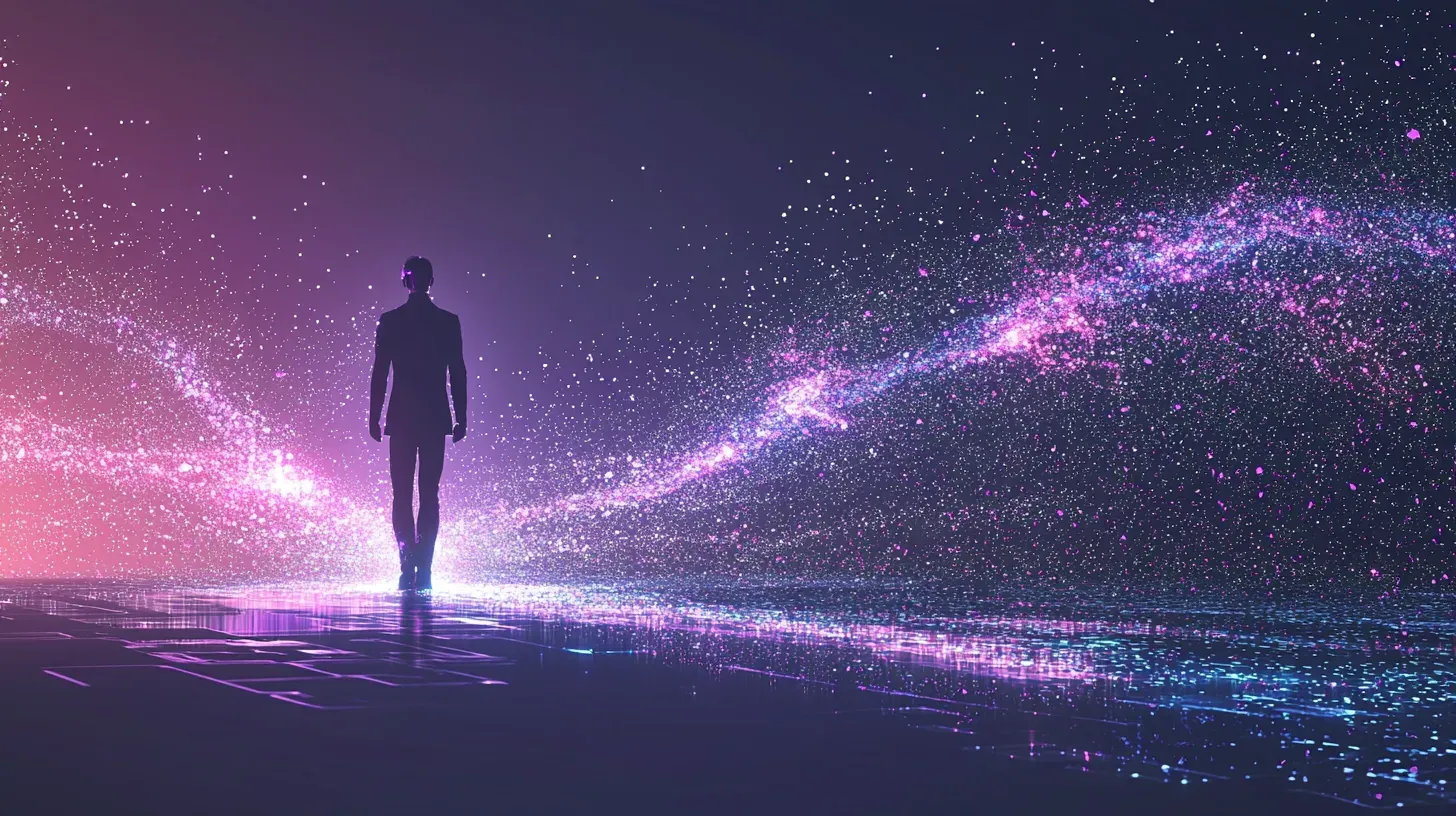Seen and Be Seen: How Facial Recognition Will Change Society

With the number of cameras drastically increasing in our world, facial recognition is rapidly taking flight. Facial recognition is a biometric faceprint, where artificial intelligence maps an individual’s face mathematically. This faceprint is then stored in data. Later, the stored data can be compared with a live or digital image using deep learning to verify someone’s identity.
Facial recognition can be integrated anywhere there is a camera. As a result, the number of applications for facial recognition is growing rapidly, from security to retail and consumer electronics to government services. Face recognition is quickly becoming a dominant form of biometric authentication. However, it is not without dangers, and San Francisco is the first city to have just proposed to ban the use of facial recognition by any city department.
San Francisco plans to ban facial recognition because of the obvious privacy issues related to it. Especially if you value your privacy, you might want to have some control over how your data is used. After all, your face print is data and how and where that data is stored is often not clear. In China, they take face recognition to a whole new level. A level that for many Westerners would be considered extremely frightening. But let’s first look at some of the commercial applications of facial recognition.
3 Commercial Applications of Facial Recognition in Business
Obtaining a faceprint and matching it to a database consists of 3 steps:
- Capture a picture of a face through video or a photo, in real-time or digital;
- AI will read the geometry of the face to determine a unique facial signature. This is made up of various landmarks such as the distance between your eyes.
- The facial signature is a mathematical formula that can easily be compared with existing faceprints. A probability score is given to determine how well a facial signature matches a face shown.
Due to the rapid development of artificial intelligence, face recognition has improved a lot. Consequently, it is now being used in a variety of domains:
Governments and facial recognition
Governments are huge fans of facial recognition as it simplifies their task of finding certain people. Around the world, facial recognition is being deployed in airports to either help people board a plane without a boarding pass or to allow people entry into a country without customs. A passenger’s face is scanned upon boarding or arriving in a country, which is then matched with a cloud-based database. Usually, a match can be made in a matter of seconds. This should significantly cut waiting times at airports.
Retail and face recognition
Facial recognition can be used in a retail store to either detect suspicious behaviour of potential thieves. Visitors are scanned, and the faceprints are then checked against a database of criminals. In case there is a high-enough match, a shop can take action to closely monitor those visitors inside the store. In addition, retailers can use the technology for marketing purposes. After all, facial recognition can also be used to determine things like age, gender and ethnicity. Information that can be used in marketing campaigns taking place inside the store. Even more, retailers can use facial recognition also to judge the visitors’ emotional responses to that advertising. Whether they show anger, happiness or something else tells a lot about the effectiveness of that campaign.
Paying using facial recognition
Facial recognition is a logical next step in the payment process. After all, organisations want to make this process as seamless as possible. Contactless cars have helped a lot, but they are not very secure if someone else obtains your card. Paying for your clothing using facial recognition is, obviously, a lot more secure. The same goes for online payments that can be confirmed using a quick scan through your computer’s camera. Alibaba and Alipay are already experimenting with this to make paying for online products faster and a lot more secure.
The Downside of Facial Recognition
Facial recognition is not all positive, and the biggest problem revolves around privacy. It is a problem if you can no longer be anonymous anywhere, especially if that information falls in the wrong hands. Hackers could steal your faceprint and use it for payments, getting access to secure locations or other activities. Secondly, who has your faceprint will be a problem. With many different organisations using the technology, it will become difficult if not impossible to track how has your facial signature. Finally, no technology is 100% perfect, and neither is face recognition. Mistaken identities can result in huge problems for those affected. This is caused by bias in artificial intelligence and is exactly why we need ethical AI. After all, there have been plenty of examples where facial recognition software identified black people as gorillas or did not identify at all.
China is particularly far ahead with applying facial recognition in daily lives. From monitoring students in classrooms to see if they are paying attention, to detecting fatigue with bus drivers to fining people instantly who are jaywalking. Below a brief video of the implications of such massive adoption of facial recognition:
Final Thoughts
Facial recognition has tremendous potential for society. It could make our lives a lot easier and our processes more seamless. However, there is a huge downside to this technology if the data of your face is not protected sufficiently. Ideally, users should own the data of their face and be in full control who gets access to it. However, it is most likely that the future will be different. Therefore, we need to establish clear guidelines and rules to ensure that facial recognition cannot be used against us.
Image: Varuna/Shutterstock





